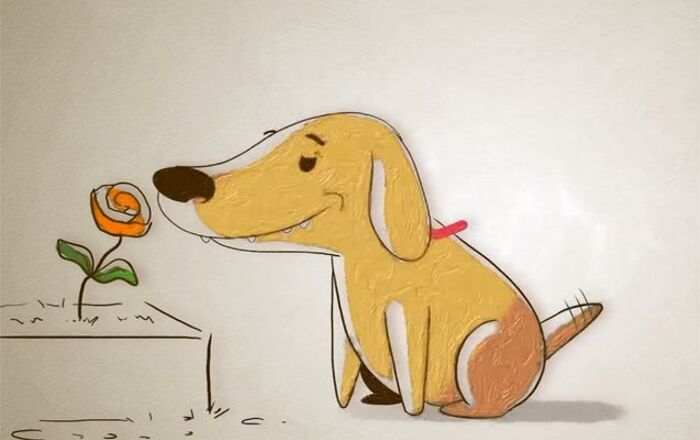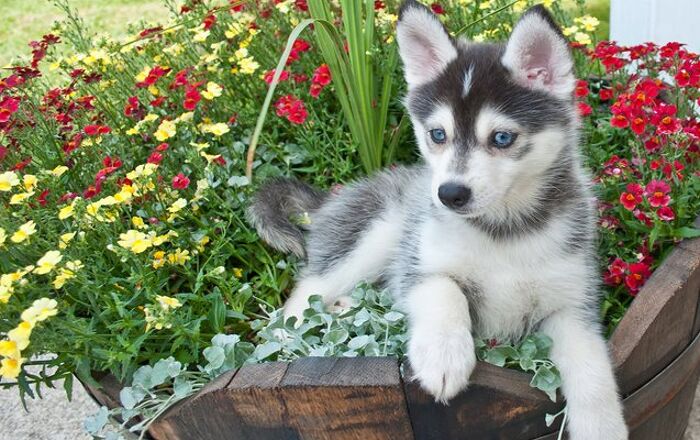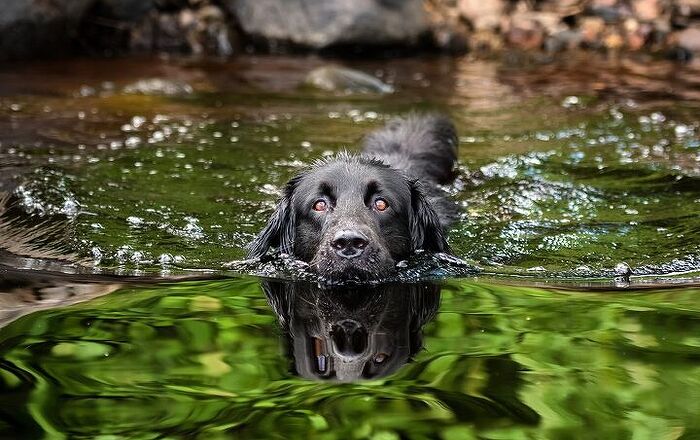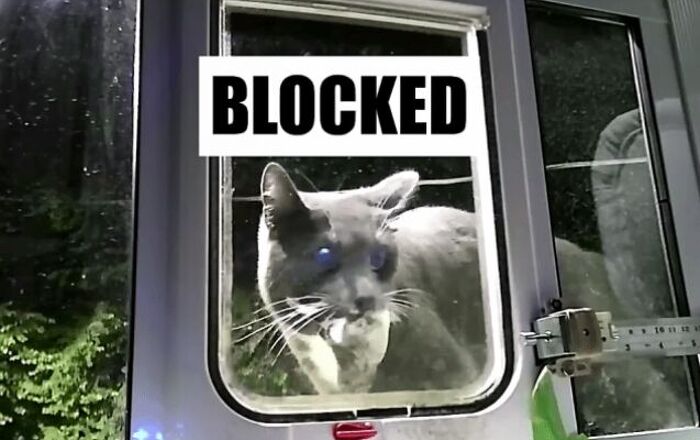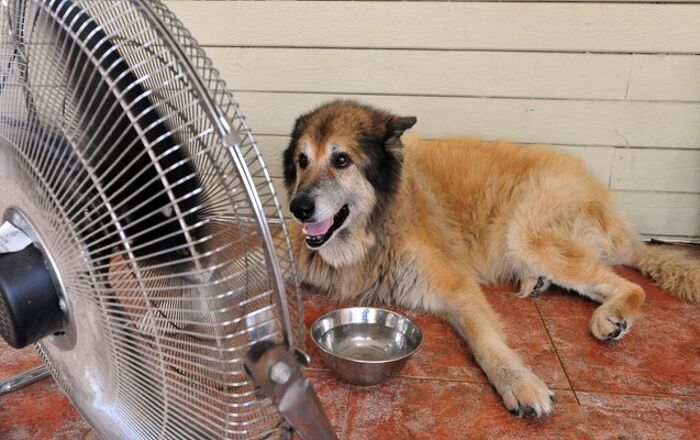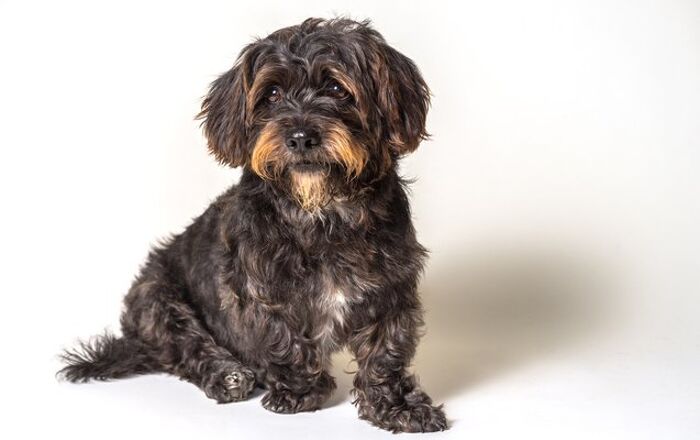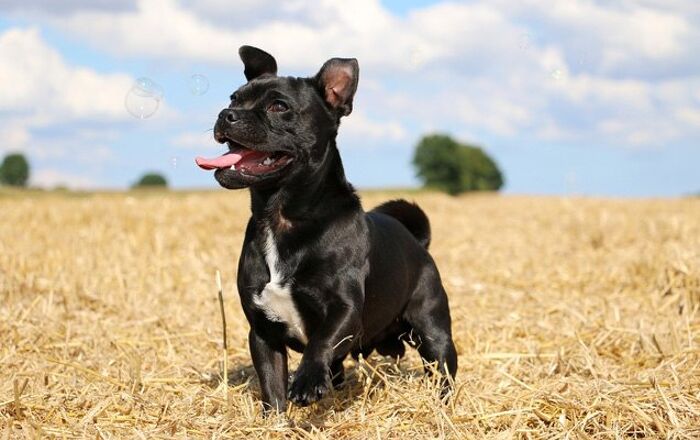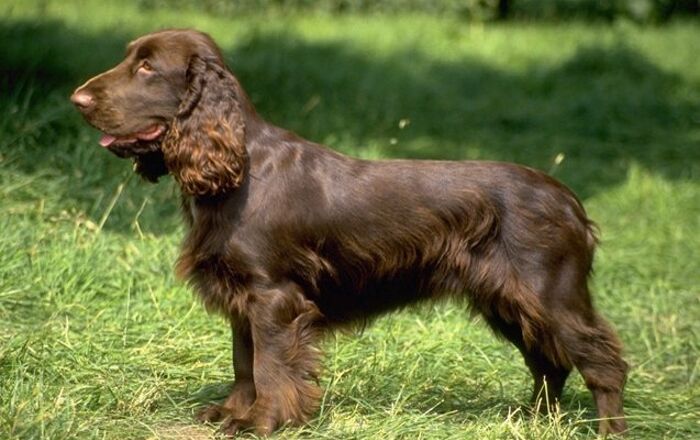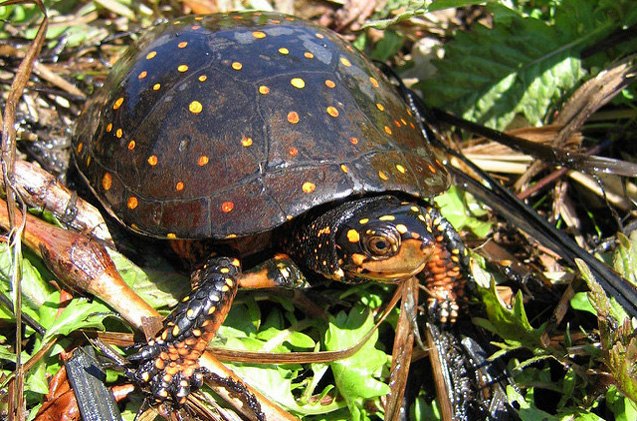
Spotted Turtle General Info
The Spotted Turtle is an attractive species, but its wild populations are declining as a result of the pet trade taking these animals out of their natural habitats. Therefore, if you are planning on introducing these turtles into your family, make sure that you are purchasing them from a reputable breeder who can guarantee that your turtles were born in captivity.
The Spotted Turtle is considered one of the smallest turtles in the United States.
Native Habitat
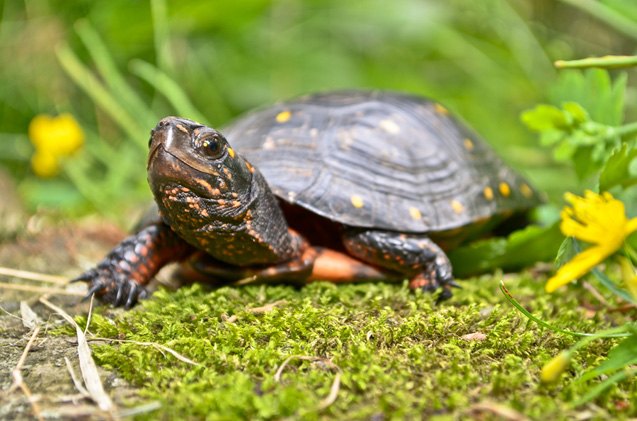
Spotted Turtles can be found across the northeastern portion of North America, but they are primarily found in the Great Lakes region of Canada and the United States, as well as along the eastern seaboard.
This species prefers shallow bodies of water, such as marshes, sedge meadows, swamps, bogs, woodland brooks and streams, and seasonal and permanent ponds. These turtles will go on land when they travel between wetlands, and when they need to use land for nesting and hibernation.
Overall Description
The Spotted Turtle is considered one of the smallest turtles in the United States.
Even though these turtles feature a hingeless plastron, you can differentiate males from females because the males will have a slightly concave plastron, while the females will feature a flat plastron. Also, males will have a thicker and longer tail than females.
This breed’s most distinguishing feature is its shell, which features yellow spots that increase in number as the animal ages. There could sometimes be over 125 spots scattered across the face and shell of a Spotted Turtle, while a younger turtle will only have a few spots, such as one on each scute.
There can sometimes be over 125 spots scattered across the face and shell of a Spotted Turtle.
Colors
The Spotted Turtle can be recognized easily, thanks to its distinct orange to yellow colored spots on its brownish-black carapace. This spotting pattern also extends to the dark limbs and head. The legs are mostly black but will also have yellow spots, along with orange and red colors mixed in.
When looking at a Spotted Turtle, you will note a large orange or yellow blotch on either side of the head. Also, the plastron will be orange to yellow in color, and it will have big black patches on every scute. These patches typically become darker, as well as more extensive, as the turtle ages.
Males typically have brown eyes, along with a black, brown, or tan chin. Females, on the other hand, with have a yellow, reddish, or orange chin and orange eyes.
Environment
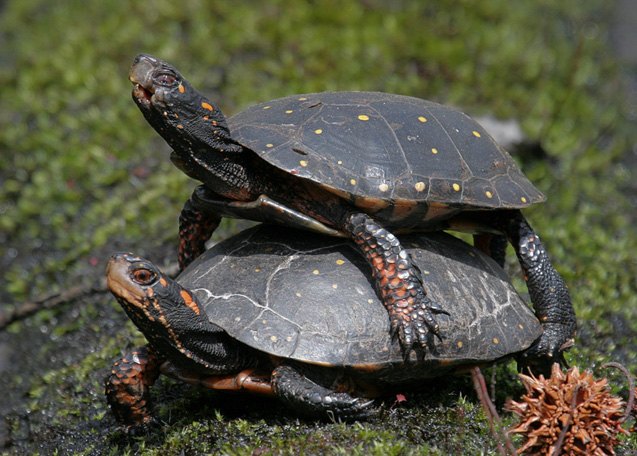
Your Spotted Turtle’s enclosure should contain a basking area so that your pet can easily climb out of the water and dry himself off completely. Place a heat lamp roughly 12” above the basking area, and also have UVB lighting for your pet in order to simulate natural sunlight and help his body synthesize vitamin D. Keep the temperature over the basking area at around 90°F.
To keep your turtle healthy, you will need to provide him with clean water, so a high quality filtration system should be set up. An oxygen pump that adds a bit of splashing at the water’s surface can help with oxygen flow as well. Just make sure that the water doesn’t come into contact with the dry basking area.
The depth of the water should only be around 4-6” because Spotted Turtles are not good swimmers, so they should only have shallow water. Deeper waters can cause these pets to drown. You can also provide artificial plants throughout the enclosure to help prevent drowning. Maintain the water temperature around 65°F with the help of a high quality water heater.
When it comes to substrate, choose from dirt, sand, and small to medium sized rocks for the Spotted Turtle. The tank itself should be at least 55 gallons, and you can place three Spotted Turtles into this size enclosure, as they will have enough room to swim and bask.
Spotted Turtles should be handled sparingly and for a short amount of time.
Care Requirements
Although a Spotted Turtle will enjoy a varied diet, this breed is mainly carnivorous. These animals will eat insects, waxworms, earthworms, mealworms, tadpoles, crickets, crab, and meats like poultry and beef. They will also do well on a commercial turtle diet, and can also be given some aquatic vegetation and leafy greens.
Behavior
You can house more than one Spotted Turtle in the same enclosure, and you can also set up a community tank that includes Spotted Turtles, Bog Turtles, and Wood Turtles.
Even though you might want to hold your Spotted Turtle a lot, these animals should only be handled sparingly and for a short amount of time, such as for about 20 minutes a few times every week. Avoid handling any Spotted Turtles that you have recently added to your family, as they should get used to their new home and become completely comfortable first.
Remember that, because these turtles are endangered in their wild habitats, you should make it a point to purchase only from sellers who can prove that their turtles have been bred in captivity.
Photo credit: Ontario Nature/Flickr; Steve Byland/Bigstock; Jay Ondreicka/Bigstock


